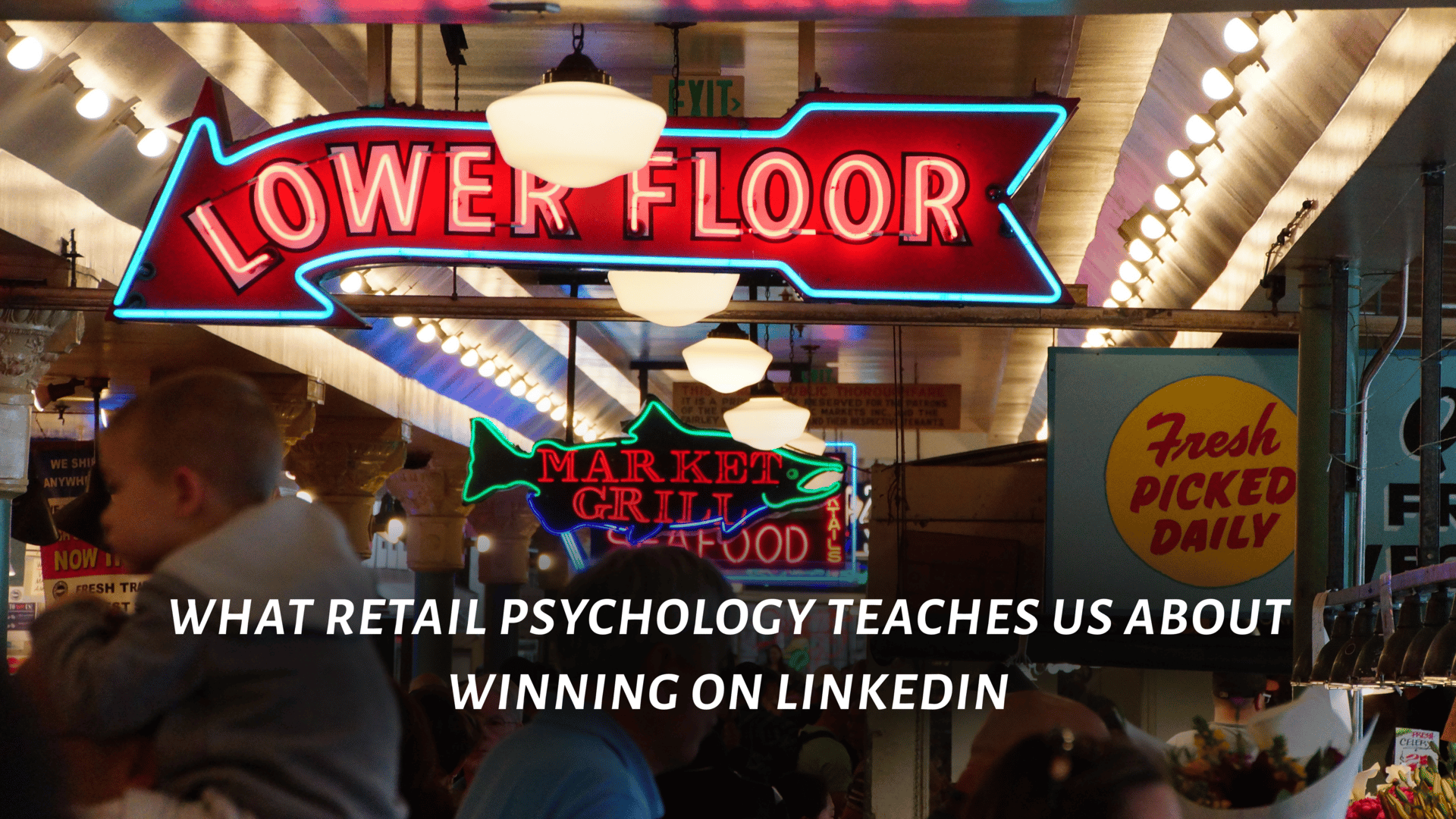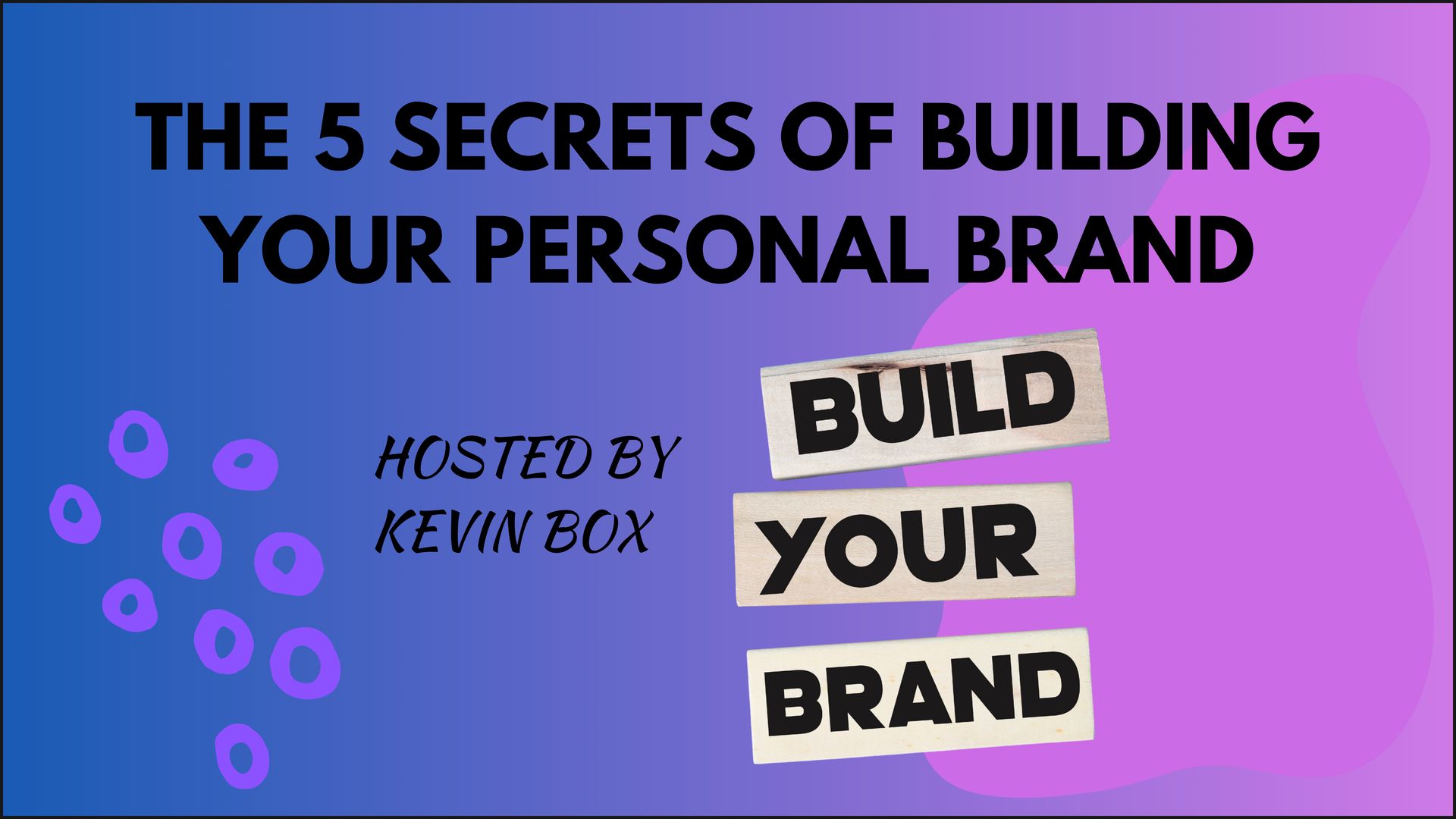- Kevin's Newsletter
- Posts
- What Retail Psychology Teaches Us About Winning on LinkedIn
What Retail Psychology Teaches Us About Winning on LinkedIn
And How it Can Transform Your Profile into a Client-Generating Machine

When I was in business school, I read Paco Underhill’s Why We Buy, and it completely changed how I view marketing and sales. Underhill’s research into how shoppers behave in retail environments opened my eyes to the subtle triggers that influence buying decisions. Those same principles can be applied directly to LinkedIn creators who want to build influence, grow trust, and convert attention into meaningful opportunities.
LinkedIn isn’t just a professional network—it’s your digital storefront. Every part of your profile and content strategy needs to be intentionally designed to guide your audience through a journey, much like a well-designed store layout leads shoppers to high-value products.
In retail, shoppers ignore the first few feet of a store. Online, your banner is your storefront. It has to grab attention immediately—there’s no “warm-up.”
What to Do:
Keep it simple and bold. Use 3–6 words that communicate your authority or promise.
Avoid clutter—think of your banner as a clean, high-end store window.
Add directional cues pointing toward your headline or follow button.
Match colors and fonts to your personal brand.
2. Your Headline = Eye-Level Shelf Space
In a store, eye-level products are the most purchased. On LinkedIn, your headline is your eye-level placement.
What to Do:
Lead with what you deliver, not just your title.
Add keywords so people instantly know what you do.
Use outcome-driven phrasing: “Build Influence | Grow Faster | Monetize Your Ideas.”
3. Your About Section = The Aisle Experience
Shoppers browse longer when the aisles are open and inviting. Your About section works the same way.
What to Do:
Start with an emotional hook: “Most creators struggle with reach—it’s not your content, it’s your strategy.”
Break content into short, scannable paragraphs.
Add social proof: “I’ve helped 200+ creators land 6-figure partnerships.”
End with a strong CTA: “DM me ‘Growth’ for a free LinkedIn audit.”
4. Featured Section = Endcaps & Displays
Retailers put premium products on endcaps because they get noticed. Your featured section is no different.
What to Do:
Pin your best lead magnet (free guide, case study).
Highlight testimonials, podcasts, or top-performing posts.
Use bold thumbnails with clear action titles.
5. Lead Magnets = Free Samples
Just like free samples at a store reduce risk and increase sales, free value (cheat sheets, templates) builds trust.
What to Do:
Offer small, actionable wins in PDF or checklist form.
Drive traffic to your featured section with in-post CTAs.
Use mockups or previews to increase perceived value.
6. Your Posts = Digital Billboards
Clear signage slows shoppers down. Your posts need that same “stop and read” effect.
What to Do:
Write strong, curiosity-driven hooks.
Use white space like clean store aisles—make posts easy to skim.
Include calls-to-action: “Comment ‘Guide’ and I’ll send it.”
Use bullet points and bold text for structure.
7. Engagement = The Store Associate Effect
Friendly and knowledgeable store associates increase buying behavior. Your comments work the same way.
What to Do:
Add thoughtful insights on other creators’ posts to spark visibility.
Engage within 30–60 minutes of posting to maximize algorithmic reach.
Treat comments like free consultations.
8. Advanced “Why We Buy” Tactics for LinkedIn Creators
The Butt-Brush Effect (Digital Edition): Overcrowding your profile with links and text overwhelms visitors. Keep it clean.
Flow Design: Direct viewers from banner → headline → About → featured content, just like store pathing.
Emotional Anchors: People buy into stories, not stats. Share journey-based narratives.
Trial vs. Commitment: Offer free, low-barrier value before pitching premium services.
9. Call-to-Actions = Digital Checkouts
Each post or profile element should point toward one action, whether it’s downloading a resource, following, or booking a call.
10. Test, Learn, and Adapt
Just as Underhill moved product displays to test customer behavior, you should A/B test your headlines, featured content, and post formats. See what resonates, then double down.
Bottom Line:
Your LinkedIn profile isn’t just a resume—it’s a living, breathing storefront. The principles of Why We Buy can help you design every element of your profile and content to maximize trust, visibility, and conversions. Think like a retailer. Guide people intentionally. And always ask: “What’s the next step I want them to take?”

Register through the link below!
Free LinkedIn Growth Workshop
📌 I'm hosting a free 1.5-hour workshop on Aug 9th at 9:30 AM Central Standard Time on the 5 Secrets of Building Your Personal Brand.
Everyone who signs up and attends will receive my Guide on The LinkedIn Growth Guide.
Click here to register for the workshop: https://zoom.us/webinar/register/WN_Er6xUChvRces-YDqnoTdog
Reply